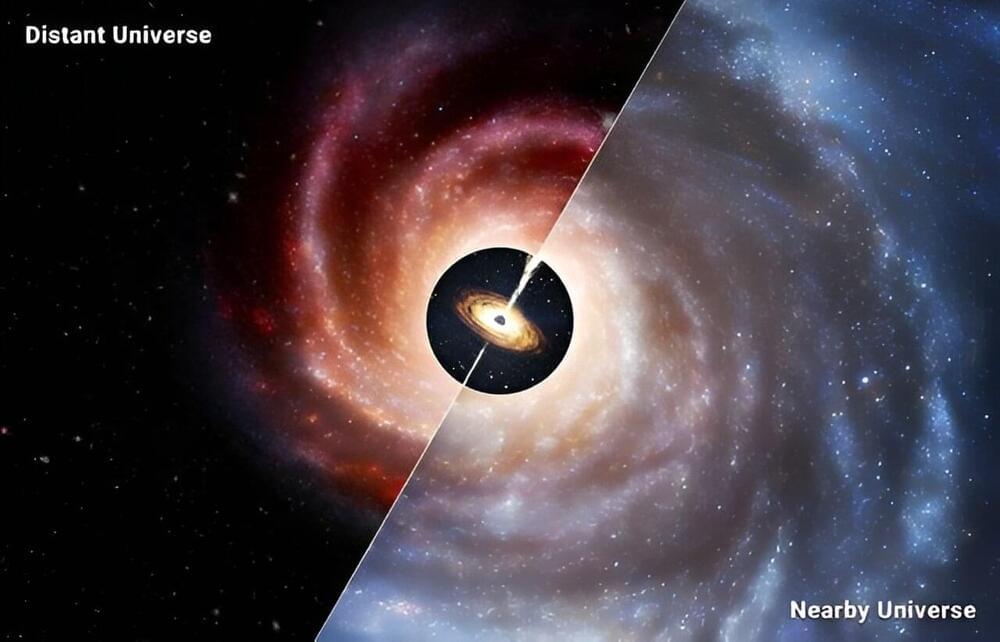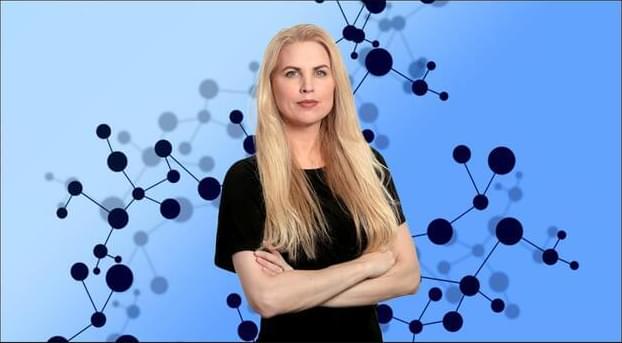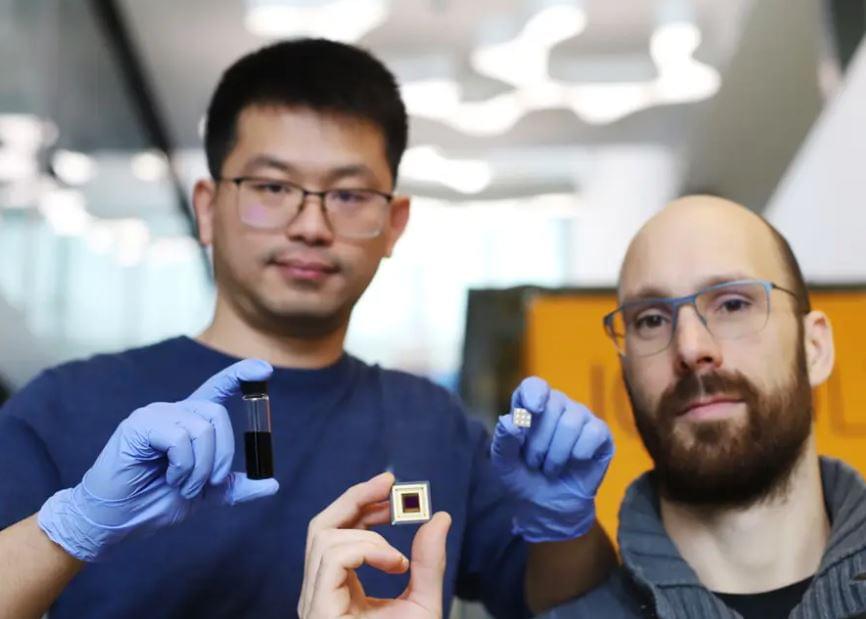Black holes are very important for galactic formation.
Astronomers have discovered that the supermassive black holes in the centers of early galaxies are much more massive than expected. These surprisingly hefty black holes offer new insights into the origins of all supermassive black holes, as well as the earliest stages of their host galaxy’s lives.
In nearby, mature galaxies like our Milky Way, the total mass of stars vastly outweighs the mass of the big black hole found at the galaxy’s center by about 1,000 to 1. In the newfound distant galaxies, however, that mass difference drops to 100 or 10 to 1, and even to 1 to 1, meaning the black hole can equal the combined mass of its host galaxy’s stars.
This picture of unexpectedly massive black holes in fledgling galaxies comes from the James Webb Space Telescope (JWST), NASA’s latest flagship observatory. Until JWST, which launched in late 2021, astronomers were generally limited in their studies of distant black holes to stupendously bright quasars, composed of monster, matter-devouring black holes that completely outshine the stars in their host galaxies.









